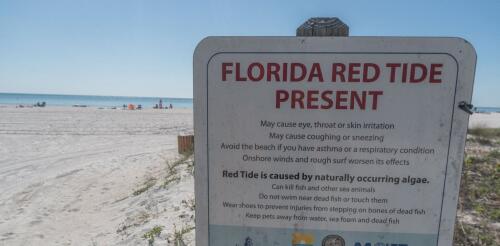Swimming
If you’ve ever waded into the ocean for a swim and suddenly realized that the shore is getting farther away, not closer, you may have encountered a rip current. Common at beaches worldwide, these powerful currents flow from the shore toward the sea at speeds up to several feet per second. It’s important to know what rip currents are and how to look for them, because they are a leading cause of drownings in the surf zone near shore. According to one recent estimate, rip currents have accounted for 435 drownings in the U.S. since 2017. National Weather Service offices that serve coastal communities issue forecasts that predict where and when rip currents are likely to occur. Those forecasts draw on decades of research into the physics of rip currents. Many scholars, including our research group, are finding innovative ways to discover more about rip currents – including their important roles in coastal marine ecosystems. Rip currents a...
Plunging into the ocean or a lake is one of the great joys of summer. But arriving at the beach to find water that’s green, red or brown, and possibly foul-smelling, can instantly spoil the party. As a toxicologist, I study health risks from both synthetic and natural substances. I’ve conducted research into early detection of harmful algal blooms, or HABs, which are an increasing threat to humans, animals and the environment. Toxins produced during these blooms have been implicated in human and animal illnesses in at least 43 states. Scientists have estimated that in the U.S. alone, freshwater HABs cause more than US$4.6 billion in damage yearly. Here’s what to know about them if you’re bound for the water’s edge this summer. Harmful algal blooms have become a regular occurrence along large stretches of Florida’s coast in recent years. Tiny organisms, big impacts Algae and cyanobacteria – often...

